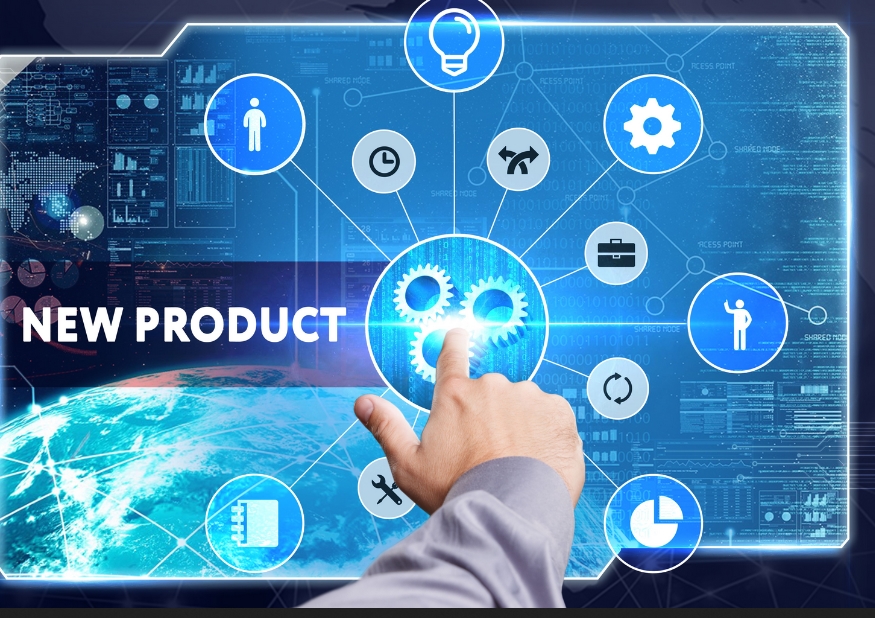
Finding partners to help you expand your business and elevate your company to new heights is anything but easy. The markets are becoming more and more saturated and it is increasingly harder to isolate the right person or business to collaborate with. This is particularly true when you need someone to manufacture products for you and deal with all the surrounding elements that make such a collaboration possible. The modern trends in numerous industries is to have off-site manufacturing, usually in a faraway country, but for something like this to exist there needs to be many precise and strategy-based steps taken on your end.
If this is something you have limited knowledge on, do not worry. This article will provide all you need to know about manufacturing new products abroad. We start off by mentioning that the country that almost everyone wants for this type of work is China. The second-largest economy in the world and the country with the most people on the planet has always been a great option for both investing and for partnerships. The systems in place there as well as the general cultures and traditions of the workers guarantee success but only if you take the right steps. Read on to learn more about how to manufacture new products in China. For additional info and advice, we highly advise you to visit maplesourcing.com.
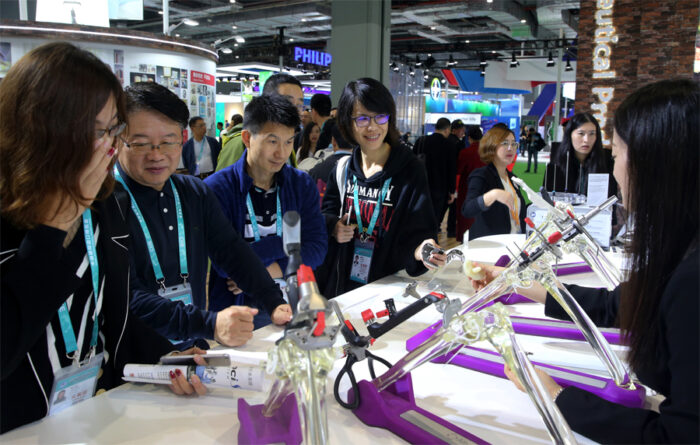

1. Selecting the Partner
The first and therefore the most important step here is to select the partner that you will work with towards this common goal. This phase consists of several other smaller phases, but it is all one big step in the end. First comes the definition of your product specifications, a document that will give the manufacturer information about what it is you want produced and what it needs to look like. Next comes the request for quotation, details on a product similar to the one you want. This is used by the manufacturer to get a better idea of exactly what you need.
This is usually done by reaching out to multiple suppliers and then comparing their offers. When you find the best candidates, you send them the more detailed technical request for a quotation pack with all of the information, drawings, specifications, and estimated yearly quantities. Out of the quotations that seem the most favorable, you create a short list and carry out due diligence, followed with a factory/supplier audit. If it feels like a lot, that is because it is. However, it is necessary because it ensures that you have found the best manufacture for the job.
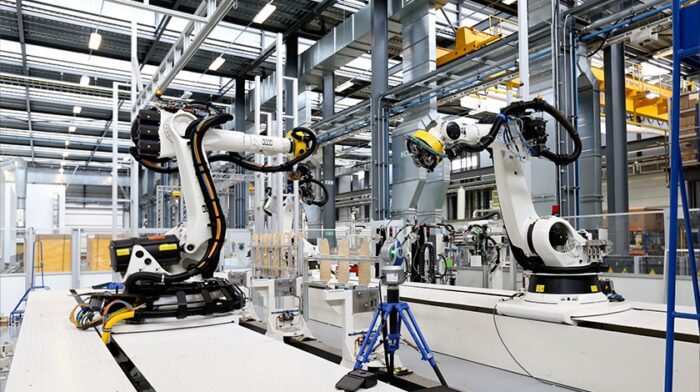
2. Engineering and Sampling
After you have found your supplier(s), it is time for engineering and sampling. This is when a business project review meeting takes place, between you and the suppliers. During this time, you have to go through the entire project plan as well as all of its smaller phases. Let your hopes and expectations be known and make your voice heard during the meeting. Finishing the contract and starting the prototype sample phase come next. The manufacturer develops these samples for you to review them and determine whether or not it is what you had in mind for your product. If and when you are happy, you sign off the samples and deem them acceptable.
After the paperwork is completed, the product is set and it is what you will be receiving from the manufacturer until the contract states. If there are any changes necessary down the line, there are special procedures that need to happen. When the supplier is satisfied with how everything is operating, the final samples are given to you for review and verification. Once you and your team check everything, the product becomes production ready.
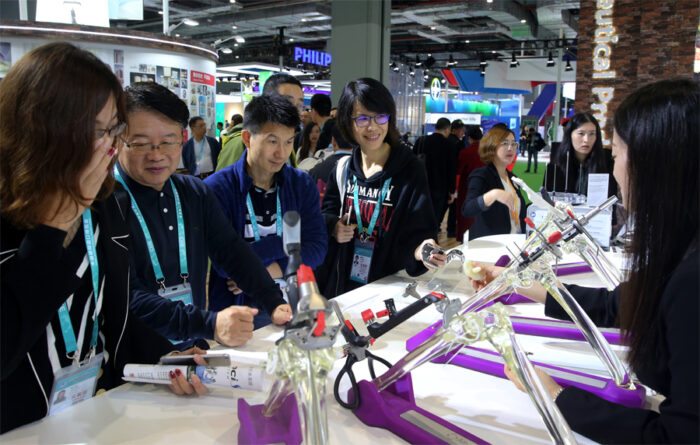
3. Pre-Production Phase
Once the previous phase is done, another meeting is needed where you and the manufacturer determine further details of production and delivery. Make sure to, again, voice your expectations and place the order for the initial quantity of products. More importantly, this is the moment when you pay for the first order. As they will be mass producing the product for you, you have to remain involved in the processes and review the quality over time. Critical features should always be there, both with the first batch and the last. This is done by developing a new product introduction plan, which is basically the launch schedule.
Each and every process of manufacture needs to have a control plan, and you and your supplier partner have to agree on the terms. This phase is the time to do all of that, no matter what it may include. From software and hardware used to make it to the testing phase of every single product, talk about the actions needed to ensure proper manufacturing.
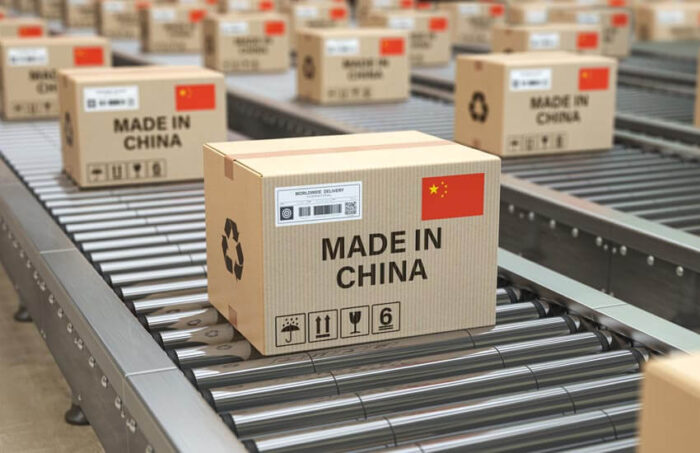
4. Production Phase
It has all lead to this moment, all of the negotiations and preparations. Once the production phase starts you are finally in business. The products will keep being made, the shipments will keep coming, and you will finally be running the business. However, the work with the supplier does not end here. It remains paramount that you remain involved and get reports and insights into progress. Inspections during and after production are needed for the goods to be evaluated before they leave the factory and head to your customers. Inspect the goods in the factory and order one yourself from time to time to make sure the quality remains at a satisfactory level. Logistics of shipping also need to remain optimal, and they are the last big thing to worry about when production starts.
Before your batch of products is sent you have to pay the balance of the order, another milestone in the grand plan. After this, all that is left to do is continuously improve the times and the efficiency of the whole deal. Work with the supplier to cut the times and costs, eliminate downtime, and improve every aspect of your deal for mutual benefit. Building and strengthening the relationship between your two business also needs to grow. Who knows how long you may end up working together.
















